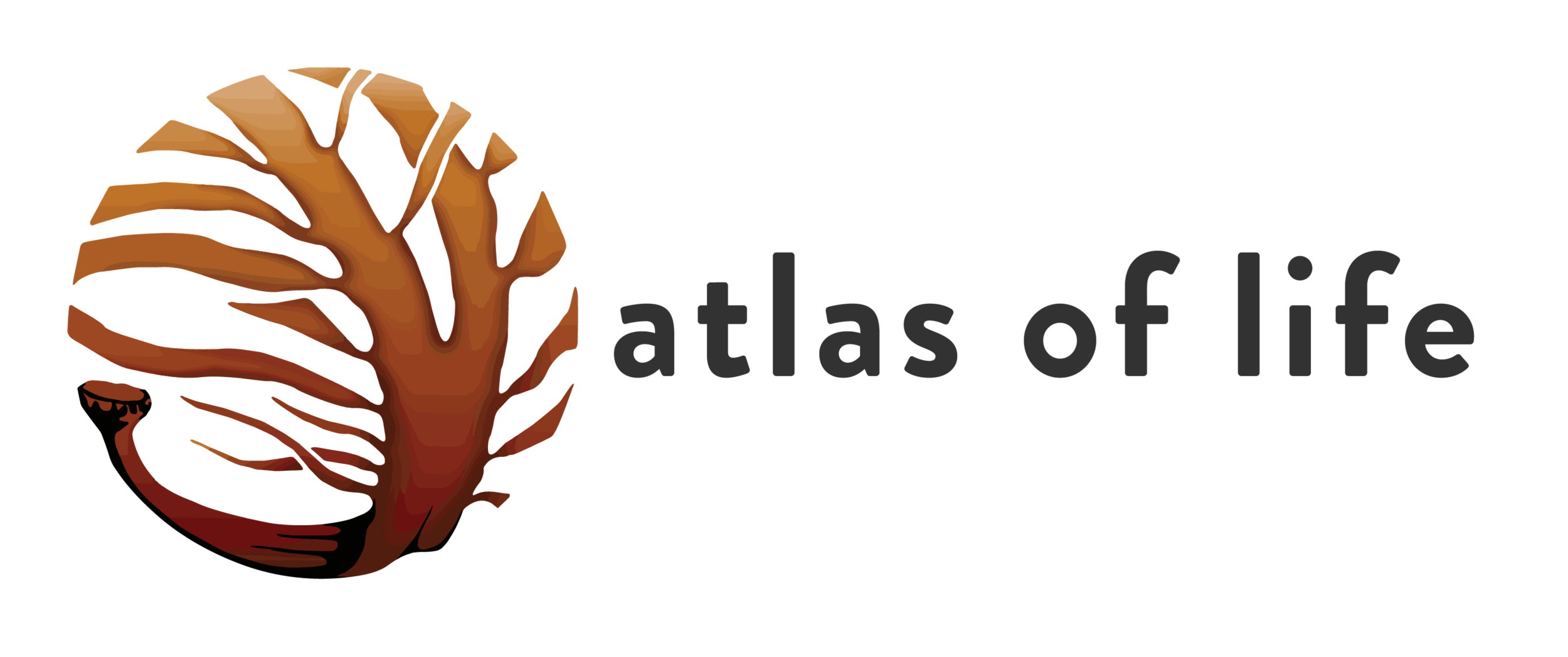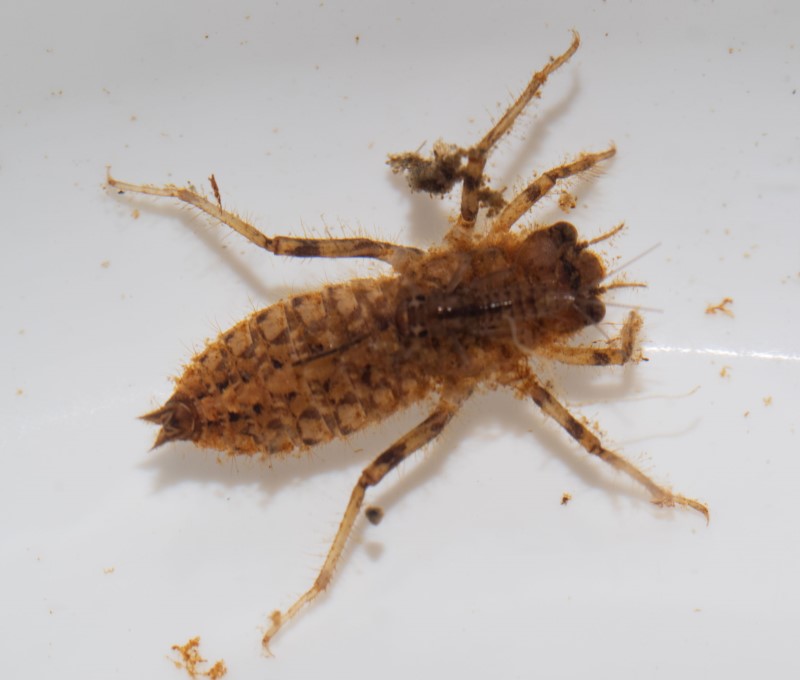April Workshop: waterbug sampling
12th April, 2019
Summary & Follow-up
Shallow sorting trays, paint brushes, forceps, small dishes, magnifying glasses, identification keys, and two microscopes … the stage was set for a serious foray into the identification of aquatic invertebrates.
We examined two samples collected earlier that day. Both were from a freshwater section of the Wonboyn River, but they represented two distinct habitats.
1: Shallow pool sample. This was taken by stirring up the layer of silt and leaf litter on the bottom in a very slowly running section of the river. By sweeping slowly with a net, a sample of vegetation and other floating material was collected and transferred to a bucket of water collected from the same location. A small ‘raft’ of leaf litter was also added to the bucket.
2: Rocky riffle sample. Just a short distance from the shallow pool, the river narrows and runs rapidly across a stretch of small rocks and stones. There was some ribbon weed growing among the rocks. The sample was taken by kicking and rolling the rocks upstream of the open net. The fast-flowing water washed the material into the net.
Here are just some of the animals we found.
The table below lists the various Arthropods collected at this site. Note that identifications here are somewhat tentative, and that this list is incomplete. Not every animal collected and examined was recorded … we ran out of time!
Arthropods identified in samples collected from Wonboyn River (species in the ‘combined sample’ were collected on 5/4/19, while the ‘shallow pool’ and ‘riffle’ were collected and examined on the day of the Workshop - 12/4/19)
This was an introductory identification exercise, rather than a thorough survey. Nevertheless, the results tell us something about the environment and ecology of the river.
The biodiversity is high. Apart from the Black Fly larvae, no one species dominated in terms of numbers.
The water quality is high. Even a simple assay like this one can give an indication of pollution levels. The SIGNAL grade for each species is an indication of its sensitivity to poor water quality. The scale is from 1 (highly tolerant) to 10 (highly sensitive). The fact that most of the species identified in our collections have a high SIGNAL grade suggests a very healthy waterway.
There is a mix of grazers, detritivores, scavengers and predators. That’s quite a food web in every bucket!
A quick look at a farm dam sample
Max brought in a small sample collected from a farm dam. We didn’t get to make a complete list of species, but it did include:
Damselfly larvae
Large numbers of bugs, mostly from the family Notonectidae, genus Enithares. Common name: Robust backswimmers.
Clam Shrimps … tiny, swimming crustacea that are partly enclosed in a bivalve shell
Numerous red mites, and some of them were large!
and even a couple of tadpoles, including one that was nearly a frog!
All animals have now been returned safely to their respective waterways.
Litoria verreauxii (Verreaux’s Tree Frog)
Image: Max Campbell
The Gordian Worm: an amazing parasitic life cycle
One of the most interesting animals found in the trays was the ‘Gordian Worm’, or ‘Horsehair Worm’. It is from a completely different phylum – Nematomorpha.
The threadlike animal we found was an adult. It was over 10cm long, but only about a millimetre in diameter. As an adult, it doesn’t feed. Females are quite inactive, so I think we had a male. It did move about with whiplike motions.
Fertilised females lay eggs in the water. After hatching, each tiny larva needs to find a host. This is most often a grasshopper or other insect. The larva either bores into the insect, or – perhaps more commonly - forms a cyst among the vegetation and waits to be ingested by a foraging grasshopper.
Adult Gordian Worm (Nematomorpha) … with a glass shrimp and caddis fly larva for company
Once inside the insect, the larva absorbs nutrients from the blood of the host. It develops, moults and grows over several weeks or months. Then, when the host returns to water, the adult emerges and swims away. Life cycle complete!
Resources (and most are free!)
This Workshop relied heavily upon resources developed by the Waterbug Blitz team. In particular:
the ALT key booklet (available for free download, or in print from the Waterbug Shop)
the Waterbug App (available free for both iOS and Android devices)
The Waterbug Book, by John Gooderham & Edward Tsyrlin, published by CSIRO and widely available in libraries and bookstores, the Waterbug Shop, or directly from CSIRO
Here is a copy of their overview key, also available as part of the ALT booklet.
extract from ALT Keys v1.5 The Waterbug Company Pty Ltd 2017
UPCOMING ATLAS NATURALIST EVENTS
4th May: More about fungi
The Field Day on Sat May 4th is a special Fungi Field Day. We’ll be guided through the Box Cutting Rainforest by Teresa & John VDH, who will share their deep knowledge of the fungi and slime moulds integral to the health of the rainforest. Further details here.
Atlas Naturalists is an initiative of the Atlas of Life in the Coastal Wilderness … more information here





























